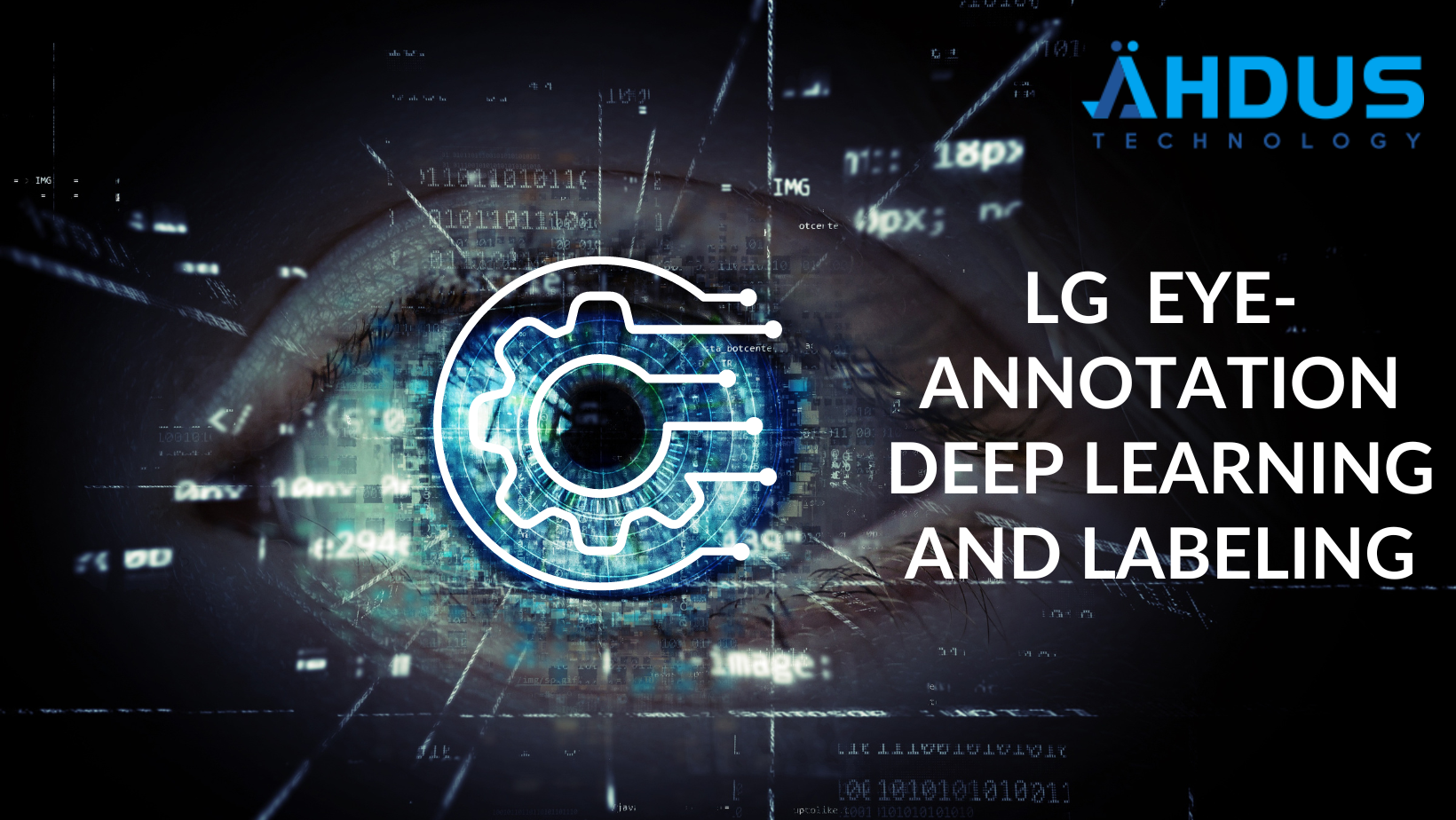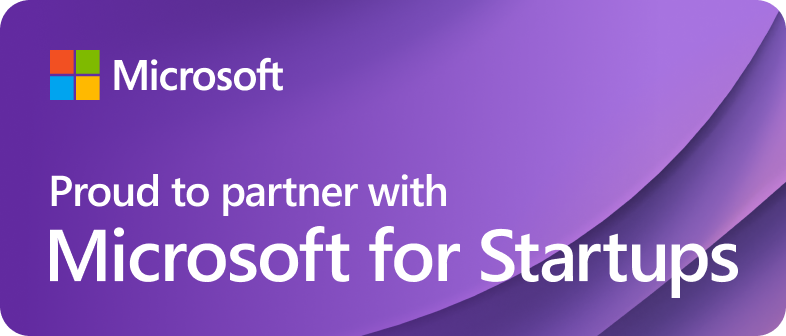LG AI RESEARCH TEAM COLLABORATED WITH AHDUS TECHNOLOGY FOR THEIR R&D EYE-LABELING PROJECT.
INTRODUCTION:
LG Electronics Inc. is a South Korean multinational electronics company headquartered in Yeouido-dong, Seoul, South Korea. LG Electronics is a part of LG Corporation, the fourth-largest chaebol in South Korea. It is often considered the pinnacle of LG Corp with the group’s chemical and battery division LG Chem.
Main objective
LG gave us a research project for eye annotation and data labeling. Our main goal was to do eye detection on 5GB of data which could include any amount of images. Our objective was to give photo points and data labeling. Their Data Engineering Team needed accurate eye detection, data labeling, and detection.
Approach to the problem
LG needed Accurate Eye labeling on such a large amount of data which took much work and time. Their Data Engineers needed a team that could accurately perform the task. After eye labeling and detection, the data processing had to be very fast using accurate machine-learning algorithms.
Challenges our Team faced
The eye is a complex body part, and every eye differs from others. Doing data labeling of different eyes closely was a big challenge. Our Team had to do that with keen details for each eye. Attention to detail and much time were required. While processing data, Team had to apply machine learning algorithms to find the best approach. Another challenge was that developers had to combine all the machine learning algorithms to perform data processing speedily. After connecting and processing data quickly, we had to upload it to the platform cloud for modeling.
Company value
LG provided the best user experience to improve its products. LG might have later adapted our research on eye annotation for their screens and devices for car entertainment systems.
Lessons learned and experience gained.
The nature of this project was researched based on data annotation, where the complex part was data annotation precision on eyes and then processing the ground reality data on a GPU-based cloud platform. Every element needed attention during bulk data labeling, which we had not practiced before. We learned how to produce ground truth annotation results on even minor parts (in the case of humans)
The second biggest lesson was processing data in a GPU-based environment, which was synchronized with the cloud. We used containerization and orchestration technology, which Turned out to be new learning for our Data Engineers.
Customer satisfaction
R&D of more than 5GB of Data was done seamlessly and with an accuracy rate of 83%, which helped their Data Engineers to use the results in their internal projects
Skill set
YOLO Algorithm Data Engineering NVidia GPU MLOPS Docker Manual Labeling Python Apache Spark


